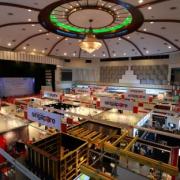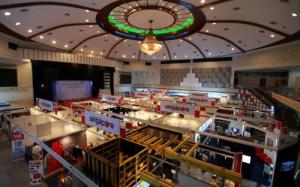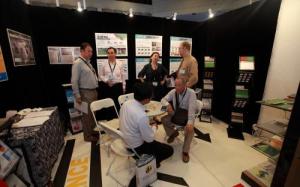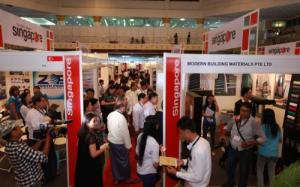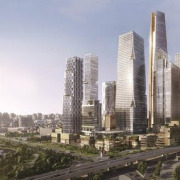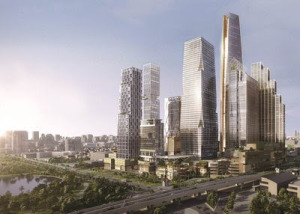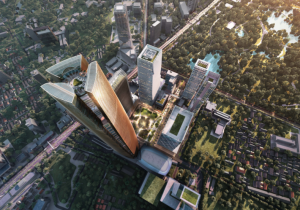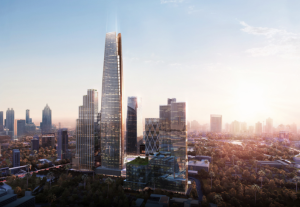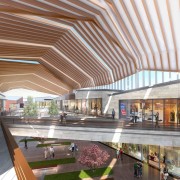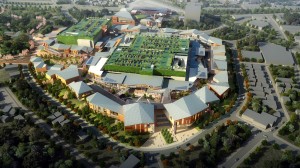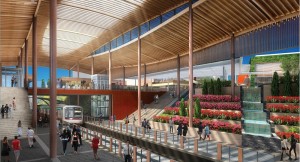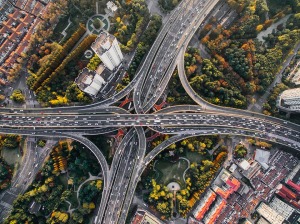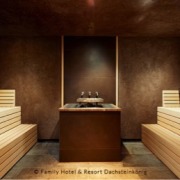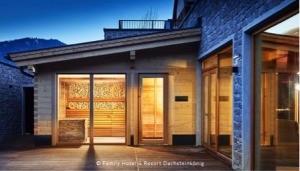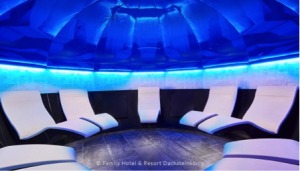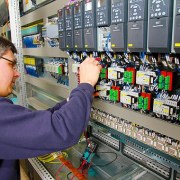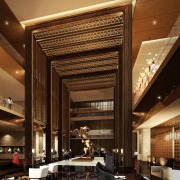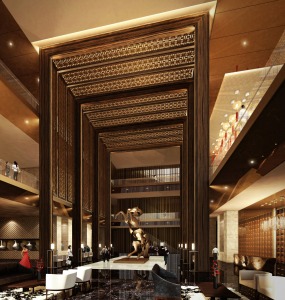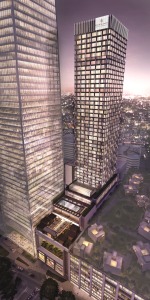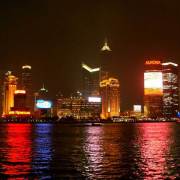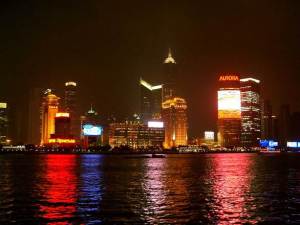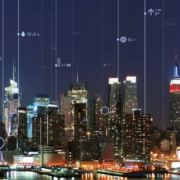Buildtech Yangon 2017 Goes Green with Special Focus on Quality Finishes
BuildTech Yangon is Myanmar’s leading trade exhibition platform for the construction and development sector.
The latest in green building technologies as well as quality and interior finishings are some of the key features at the 4th edition of BuildTech Yangon, Myanmar’s leading trade exhibition platform serving the fast-growing construction and development sector. Held at the Myanmar Convention Centre from 18 to 20 May, this highly anticipated trade show will bring together 4,000 visitors and 80 exhibiting brands from across the world in an expansive 10,000-square-metre space.
Organised by Sphere Exhibits, a subsidiary of Singapore Press Holdings (SPH), and co-organised by the Myanmar Construction Entrepreneurs Association (MCEA), leading companies from China, India, Italy, Malaysia, Myanmar, Singapore, South Korea and Thailand will showcase the latest equipment, machinery and solutions in a wide selection of exhibits catering to the construction, machinery, building materials and mechanical engineering segments.
According to BMI Research, the Asia construction sector’s growth is expected to hit 5.3 percent this year, with growth in emerging and frontier South and Southeast Asian markets, supporting the soft demand in China and many developed countries. Increased efforts by governments to encourage private participation in infrastructure projects will also boost the sector, with Myanmar being one of the brightest spots for construction in the world.
U Tha Htay, President of Myanmar Construction Entrepreneurs Association (MCEA), said, “Myanmar’s construction industry is forecasted to grow at an annual average rate of 10.37 percent over the next five years, with a total worth of US$13.5 billion by 2020. This is driven by the government’s commitment to updating essential services and infrastructure, and providing better housing as the country re-engages the international community and the global marketplace.”
“This presents a tremendous opportunity for companies looking to participate in Myanmar’s growth and BuildTech Yangon 2017 provides an ideal platform in Yangon where international firms can meet the important decision makers driving Myanmar’s building boom.”
Myanmar’s Growing Focus on Green Buildings and Sustainability
2017 will also see the launch of the inaugural Green Building Conference which will bring together keynote speakers and thought leaders such as Tai Lee Siang, Chair of the World Green Building Council as well as subject matter experts from Myanmar and around the world.
Dr. Swe Swe Aye, Chairman of the Green Building Committee, Building Engineers Institute of Myanmar and co-organiser of the Green Building Conference, said: “As Yangon’s construction activity continues to expand, there is a desire by developers, government agencies and the public to build buildings and facilities that are able to leverage new thinking for green building technologies and materials to be better for the environment and the people who work, live and play in them. The Green Building Conference is a good opportunity for learning new ideas and technologies and I look forward to learning and exchanging experiences and knowledge with many experts and practitioners who will be attending.”
This highly anticipated trade show will bring together 4,000 visitors and 80 exhibiting brands from across the world.
Mr. Chua Wee Phong, Chairman of Sphere Exhibits Pte Ltd, said, “Sustainable and green development is key to the construction industry as we help create homes and work spaces for the growing urban population. It plays an essential role in building a vibrant, creative and productive city – by ensuring healthy living and reducing the impact on the environment. As the leading trade show in Myanmar for the construction sector, we believe that BuildTech Yangon 2017 has an important role in sharing the best practices and knowledge from green developments around the world as an extension to its ongoing efforts supporting the development of Yangon as a mega city.”
Recognising Innovators and Leaders of the Construction Industry
This year, a special brick laying competition will be introduced to the trade floor. This project is open to construction companies and will showcase a live assembly of a set prototype of a model building.
MCEA will also be hosting its annual Gala on the 19 May, where a select group of delegates and luminaries of the construction sector will come together to network and celebrate the achievements of their peers in the 3rd Construction Entrepreneur Awards.
The Awards were conceptualised to recognise the best and brightest of construction professionals who have succeeded in raising local standards and skills, and in incorporating the latest construction technologies into the entire ecosystem. Sphere Exhibits & MCEA will jointly award four main awards: Best Contractor Awards, Best Project Awards, Individual Awards and Builder of the Year Awards.
This year’s exhibition will showcase the latest in equipment, machinery and solutions.
BuildTech Yangon 2017 is supported by the Association of Myanmar Architects, International Facilities Management Association, Singapore Chapter, Italian Chamber of Commerce (Singapore) Green Building Committee, Building Engineers Institute of Myanmar, Myanmar Engineering Council, Myanmar Engineering Society, Myanmar Industries Association, Malaysia Heavy Construction Equipment Owners Association, Master Builders Association Malaysia;; Malaysia Timber Council, Singapore Business Federation, Singapore Green Building Council, Singapore Institute of Building Limited, Vietnam Building Ceramic Association, Vietnam Electronic Industries Association and the Vietnam Federation of Civil Engineering Association and WSH (Asia).
Visitors can click here to pre-register before May 9, 2017 to attend the trade show or the Green Building Conference. Delegates attending the conference are entitled to continuing industry development points by the Myanmar Engineering Council.
For more information, click HERE.


